Share markets have traditionally been associated with images of smart investors and an aura of wealth, fame and power. But not all activities associated with the stock markets are legitimate. The share market is one of those places where day-to-day trading happens on a lot of faith and trust placed by the many investors in the corporations. But sometimes, the assumptions on which this trust is based happen to be erroneous, drowning people’s hard earned money with it. The following are the top ten share market scams, many of which are worth billions of dollars. All this just makes us more aware of the power which we place in the ‘moguls’ of business world.
10. The Bre-X Minerals Corporation, 1997
Bre-X was a Canadian company that was involved in one of the largest ever scams that swindled billions of dollars off the market. It reported that its Indonesian gold property was one of the richest ever, containing around 200 million ounces of gold deposits, although researchers were sceptic. Bre-X stock prices touched sky high prices of $280 per share. It made millionaires out of ordinary people. But when the real story that the mines gold reserves estimates were far less than what had been reported, its stock prices plummeted to nothing more than a few pennies. [More information]
9. ZZZZ Best Company, Inc Scam 1986
ZZZZ Best (pronounced ‘zee best’) was a carpet cleaning company founded by a teenager, Barry Minkow [above photos]. Faced with stiff competition in the industry and the fact that the company was just marginally profitable, he forged contracts and revenues, showed fictitious accounts and paper profits to acquire loans from banks. He took his company public to tap the capital of investors worldwide. ZZZZ Best’s main business on accounts was Insurance Restoration rather than carpet business. He fleeced the market and his company reached a valuation of US$200 million at one point of time. His Ponzi scheme cost him 25 years of imprisonment. [More information]
8. Enron scandal, 2001
Enron scandal, brought to light in 2001, was the biggest scandal of its time in the US and took down with it Arthur Andersen, world’s fifth biggest audit firm at that time. Enron was an energy corporation based in Houston. Its trade practices, which were unethical, piled on for years. It misrepresented its account books and kept million of dollars of debt off its books to fool investors into thinking that the company was financially stable, when it was not, and showed favourable capital inflows. Also, there was non-transparency in showing financial statements. All these factors caused its downfall, when its stock prices plummeted from US$90 to pennies. [More information]
7. WorldCom, 2002
WorldCom was a telecommunications company that cooked its books and showed operating expenses as investment. In all, it showed around US$3 billion dollars as investment. When the scandal was revealed, thousands of employees were hit the most, when they lost their jobs. Investors also lost money when the stock prices fell. In 2003, after the scam, it changed its name to MCI and moved headquarters to Virginia. [More information]
6 Nick Leeson scandal
This man brought down Barings Bank, UK’s oldest investment bank. His fraudulent practices and unauthorized speculative trading led to the collapse of the bank. He showed his profits where they existed and hid losses in his ‘error account’ that was marked ‘88888’. To recover losses he increasingly engaged in speculation. Barings lost a total of 800 million pounds. Lack of regulations caused the downfall of the company. [More information]
5. Michael Melkin
He was nicknamed ‘Junk Bond King’, he used knowledge of upcoming acquisitions and mergers to his benefit. He invented the use of junk bonds/high yield debts to finance corporate takeovers. He was convicted of insider trading as he had purchased warrants in companies that were about to be taken over. [More information]
4. Guinness share scandal
It involved Ivan Boesky, one of the most famous scamsters. Ernest Saunders, Gerald Ronson, Jack Lyons and Anthony Parnes inflated the price of Guinness stocks by buying as many as they could. This increased the net market worth of Guinness and they used this leverage to take over Distillers - a company much larger than Guinness. Ivan also bought shares in the company and received a ‘kickback’ for the same. Although the merger completed, the markets were shaken by this scam. [More information]
3. Healthsouth scam, 2003
Richard Scrushy (photo source)
It is the largest owner and operator of in-patient rehabilitative hospitals in the US. Its scam was revealed when its managing director Richard Scrushy was caught asking company employees to grossly overestimate the revenues, exaggerate the net income and report the same in the company’s accounts. The scandal emerged when Scrushy sold shares of US$75 million just before news of losses came out. SEC reported in March 2003 that Healthsouth inflated revenues by US$1.4 billion, more than 10% of the company’s assets. [More information]
2. Recruit scandal, 1988
The Recruit scandal rocked Japan in 1988 and caused many political persons and members of the Diet to resign following their involvement in the scheme. Recruit was a human resources and classifieds company. Hiromasa Ezoe, chairman of Recruit offered the shares of recruit’s subsidiary, Cosmos, to many eminent politicians and businessmen to gain favours, before it went public. The politicians included the Prime Minister and Chief cabinet secretary. The prices of Recruit shares touched the sky, and the persons involved reaped huge profits. People were convicted and this scam led to major slowdown of Japanese economy. [More information]
1. Stock exchange scam of 1814
It is one of the first recorded instances of stock scams. A man appeared in military uniform in England on 21 February 1814 and announced that the Napoleonic wars were over. Investors rejoiced and stock market prices jumped. It was later found that the news was false and several people had profited from it, but the true culprit was never found. [More information]
Thus we see that investing in stock market is not free of risks and requires close scrutiny of company records and an astute sense to invest in companies. With so much money floating in the system, people are tempted and it is up to Stock market Watchdogs and investors to look after their capitals.

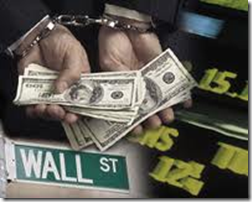

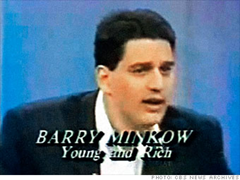

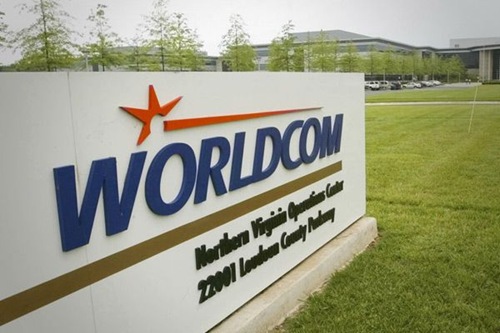
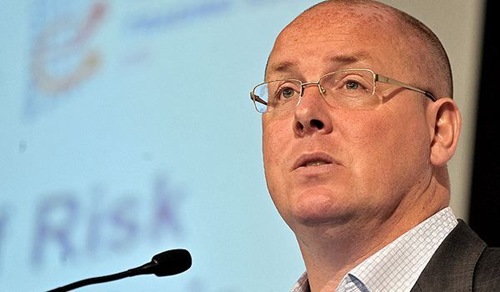
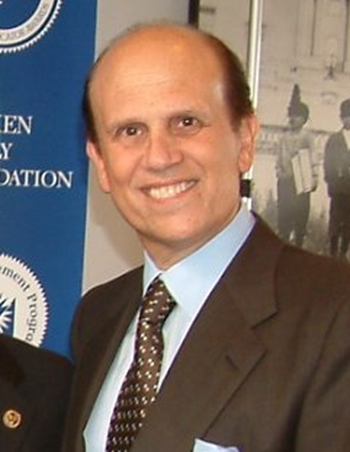
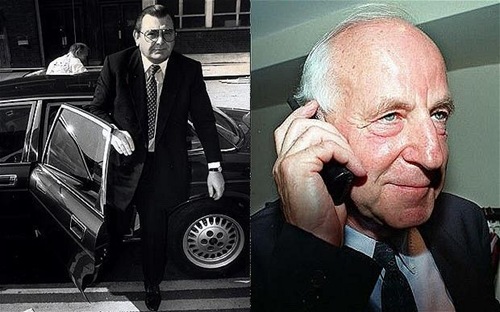

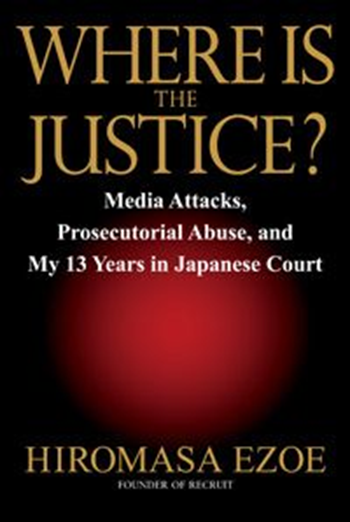
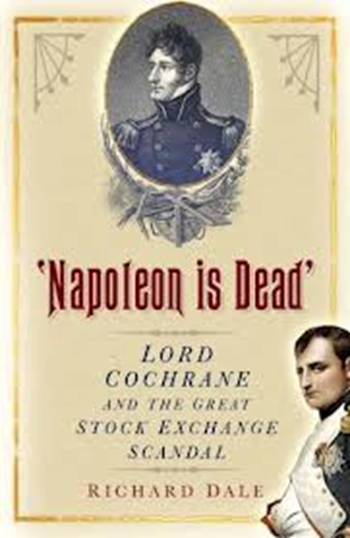
No comments:
Post a Comment
Please adhere to proper blog etiquette when posting your comments. This blog owner will exercise his absolution discretion in allowing or rejecting any comments that are deemed seditious, defamatory, libelous, racist, vulgar, insulting, and other remarks that exhibit similar characteristics. If you insist on using anonymous comments, please write your name or other IDs at the end of your message.